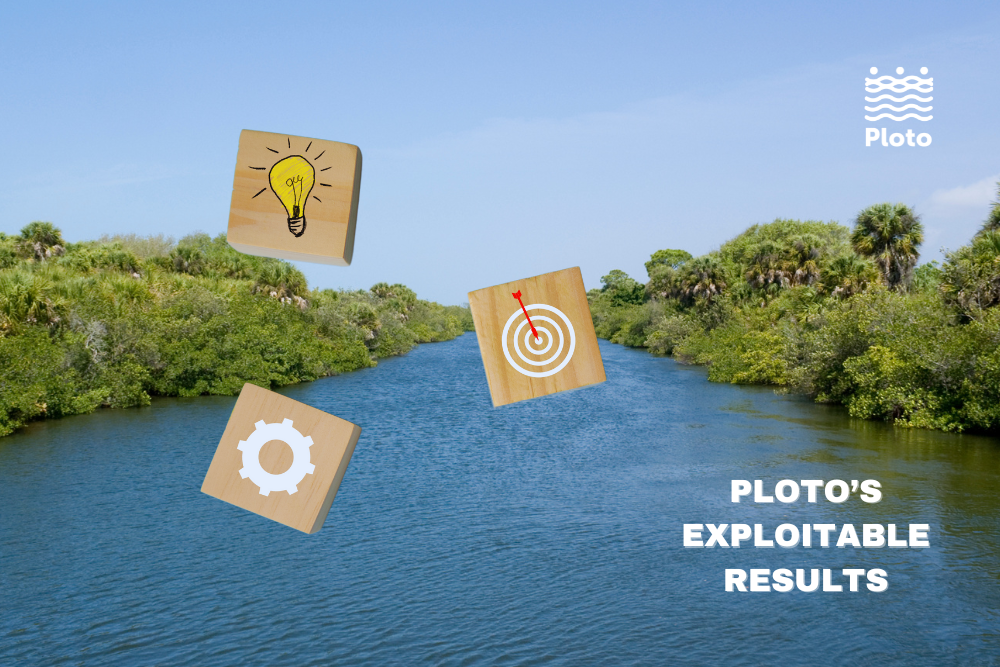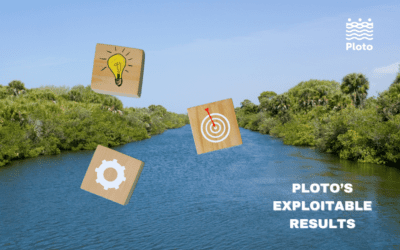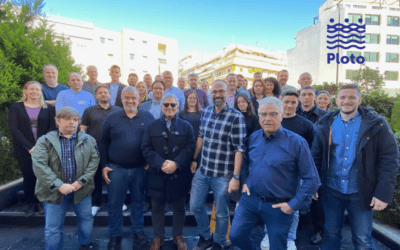One of the main goals of PLOTO is assessing vulnerability and improving resilience of Inland WaterWays (IWW) and hinterland infrastructure under weather, flood, and seismic hazards. To do so accurately and efficiently, in PLOTO’s WP4 we need a way to provide highly-detailed data for critical assets (e.g., dikes, cranes, etc.) and lower-detail data for less important yet non-negligible ones (e.g., warehouses, administration buildings). All this needs to be done in flexible software modules, one per asset or asset-class of interest, which are incorporated in the PLOTO platform. These modules are termed Multi-Hazard Vulnerability Modules (MHVMs) and they comprise the core of the PLOTO platform. Specifically, MHVMs encode the results of structural vulnerability assessment and enable a seamless integration of hazard simulators, structural analysis, and consequence models into the IWW assessment tool. For the critical assets at risk, sophisticated numerical structural models are developed and analysed in order to produce asset-specific fragility, vulnerability, and consequence functions. All potential hazards of importance to each asset are considered and the entire potential range of stressors is applied to the structural models in order to predict their response, as well as the relevant damage at the detailed level of individual elements. For the numerous lower importance assets, reduced-order class-specific models are employed in order to efficiently assess their performance at a lower resolution, but with adequate accuracy at the ensemble level. This path enables a computationally-frugal large-scale assessment of vulnerability of IWW, whereby loss, functionality and downtime are directly tied to rehabilitation/emergency action planning, allowing the running of numerous what-is and what-if scenarios for the improvement of IWW resilience.
Written by Vasileios E. Melissianos, SoReCC (Societal Resilience & Climate Change) & Dimitrios Vamvatsikos and Christos G. Lachanas, School of Civil Engineering, National Technical University of Athens



